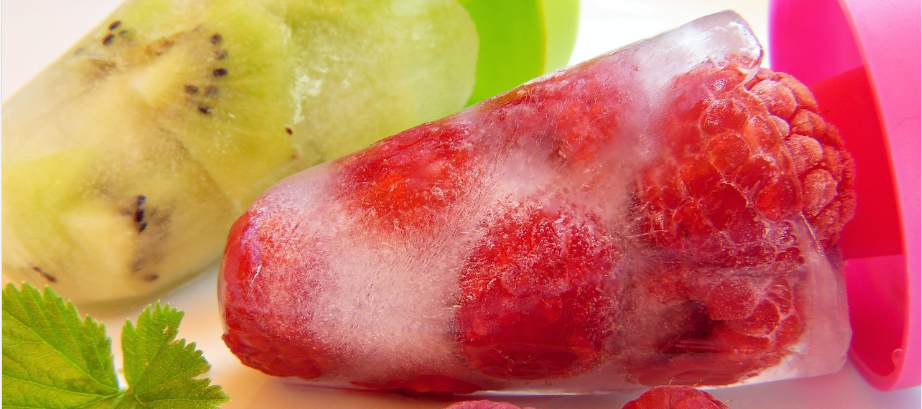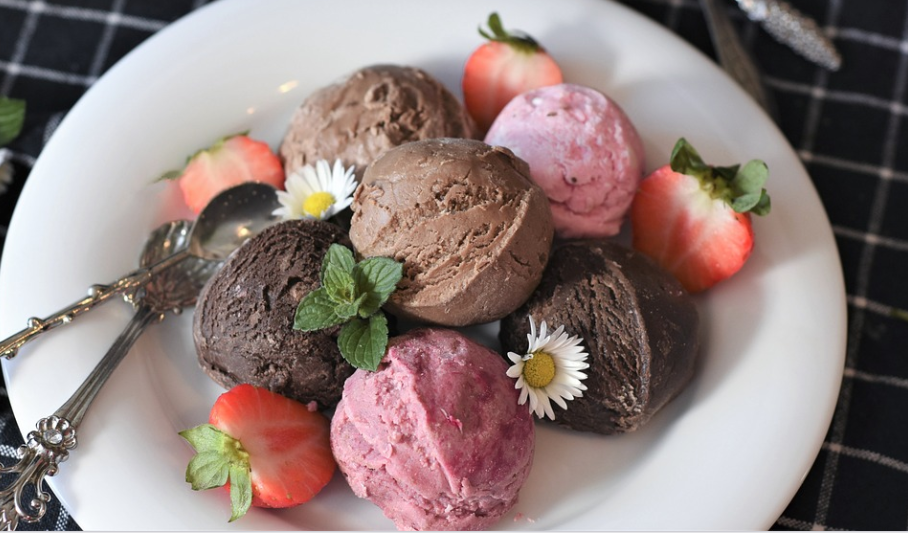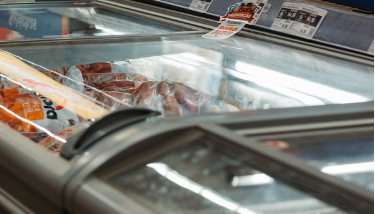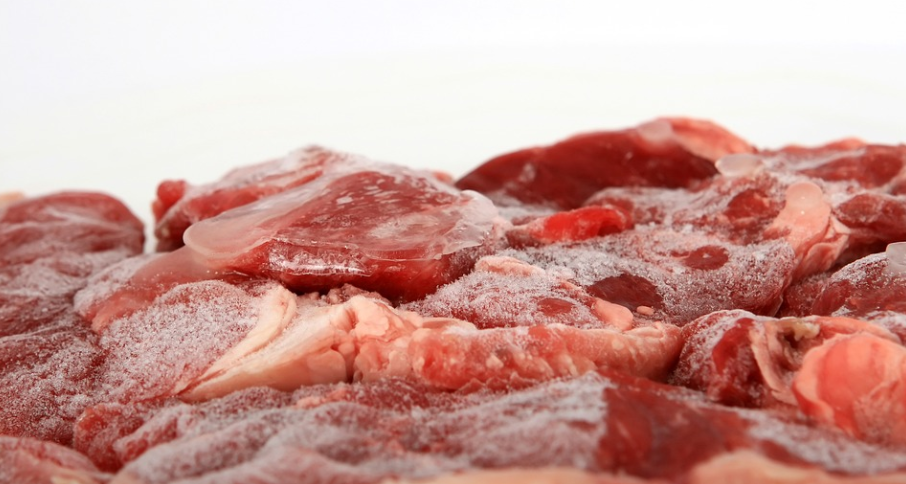Are you a fan of frozen food? Whether for convenience or taste, many of us turn to the freezer or maquina de hielo aisle in our local grocery store. Did you know that frozen food has lots of facts you might never know before?
From preservatives to nutrient loss, thawing hazards to bacterial break-ins, this blog post will reveal all the juicy details about what really goes on with your favorite frozen treats. So grab a snack (preferably not frozen!) and read on to discover the truth behind those icy packages.
No Preservative Are Required to Add
 Many people assume that frozen food must contain preservatives to stay fresh. However, this is not always the case. In fact, many frozen foods are simply flash-frozen at a very low temperature, helping preserve their quality and taste.
Many people assume that frozen food must contain preservatives to stay fresh. However, this is not always the case. In fact, many frozen foods are simply flash-frozen at a very low temperature, helping preserve their quality and taste.
Flash-freezing is a process where food is rapidly cooled down to extremely low temperatures in just a matter of seconds. This technique locks in the nutrients and flavors of the food, making it taste as good as fresh produce.
Because no preservatives are required when using flash-freezing techniques, many consumers prefer frozen fruits and vegetables over canned varieties because they don’t contain additives like salt or sugar.
Frozen Food Doesn’t Lose Its Nutrient
We’ve often heard that freezing food depletes its nutrients. Let me tell you. This couldn’t be further from the truth. In fact, in many cases, frozen fruits and vegetables can actually contain more nutrients than their fresh counterparts.
This is because frozen produce is often picked at peak ripeness and immediately flash-frozen to preserve its natural vitamins and minerals. On the other hand, fresh produce may spend several days (or even weeks) traveling from farm to grocery store before it ends up on your plate – causing some nutrient loss along the way.
Thawing in Hot Water Is Hazardous
Thawing frozen food in hot water is a common practice to speed up the thawing process. However, this method is actually hazardous. Surprising enough? Let me explain why.
Hot water promotes bacterial growth, and immersing your frozen food in it increases the risk of bacteria multiplying rapidly. This can lead to foodborne illnesses such as salmonella and E.coli.
Moreover, using hot water to thaw your food can also cause uneven thawing. The outer layer may become too warm while the inner part remains frozen or partially cooked. This creates an ideal environment for harmful pathogens to thrive.
Food Wrappers Are Not Immune to Bacteria Break-ins
 When buying frozen food, we often forget that the wrapper is as crucial as the product inside. While it’s a no-brainer to throw out the old wrappers and replace them with new ones, many of us fail to do so.
When buying frozen food, we often forget that the wrapper is as crucial as the product inside. While it’s a no-brainer to throw out the old wrappers and replace them with new ones, many of us fail to do so.
However, what most people don’t know is that even if you store your frozen food properly in a sealed plastic bag or container, bacteria can still break into your food through tiny gaps and holes in the packaging.
In fact, according to studies conducted by researchers at Harvard Medical School and Purdue University, certain types of bacteria have been found in frozen foods that were not present when they were first packaged. These bacterial strains can cause serious illnesses such as salmonella and listeria.
Frozen food has gone through a lot of things from its beginnings as a convenience item. Today it’s not only convenient but also safe and full of nutrients. It offers many benefits, such as reducing food waste and saving money on groceries. Now, go ahead; stock up on some frozen veggies or fruits today.

